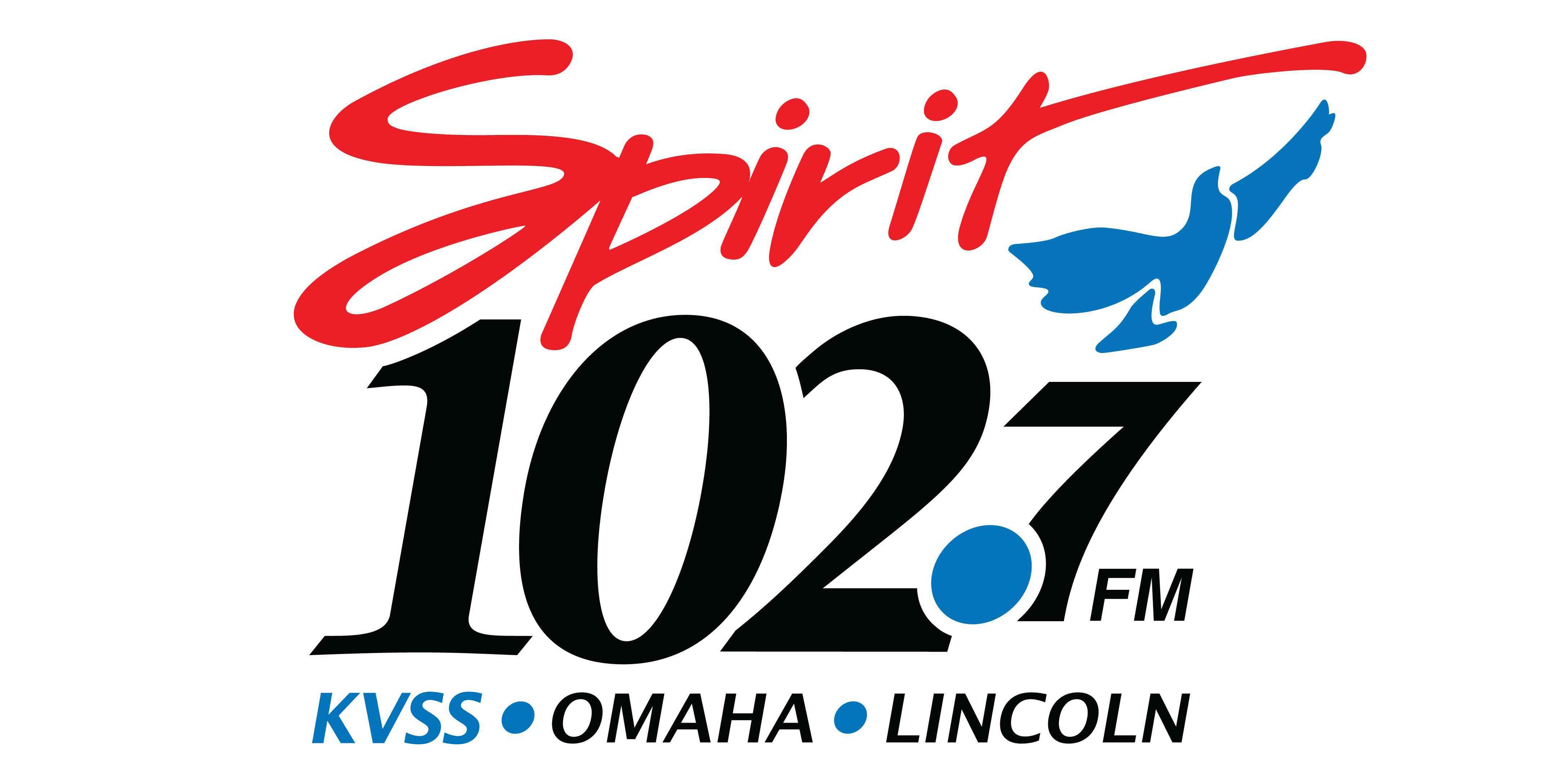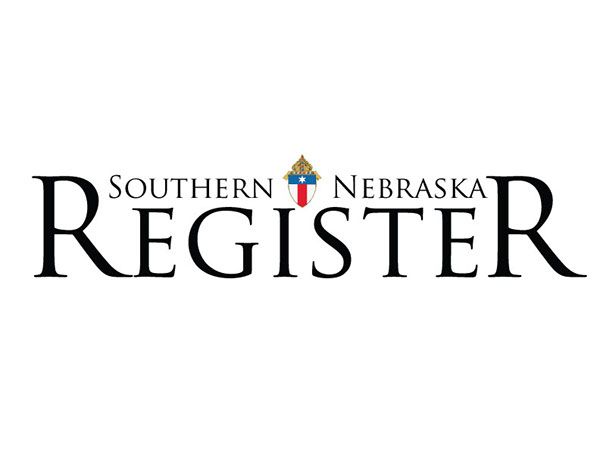Election night at the NCC is a fun experience. Staff sit around at home next to their computers, iPhones, iPads, etc., watching results pour in through the Nebraska Secretary of State website and county election commissioner office websites. The first dump of votes usually occurs shortly after the polls close at 8 p.m., and votes continue to cascade throughout the evening, usually every hour. In the meanwhile, as vote tallies appear, preliminary analysis begins. Who is ahead or behind, and by how many votes, and what projections, if any, can be made—and will any of those projections stick.
There are inevitably some races that end up being too close to call on election night, others that are down to the wire, some races that are complete surprises, and others that go just as expected. This year was no different. But there is one set of races that is well worth reviewing.
That set of races is the State Board of Education.
The State Board of Education consists of eight members who represent a different region across the state of Nebraska. There are two seats in the Omaha area (Districts 4 and 8), one seat in the Lincoln area (District 1), one district representing over half the geographic area of the state (District 7), and the remaining districts (Districts 2, 3, 5, and 6) representing numerous counties in the state.
According to the Nebraska Department of Education website, the State Board of Education is “an elected, constitutional body that sets policy and ensures that the State Department of Education functions effectively within the framework developed by the State Legislature and the board. By law, the board and the department have broad leadership functions to carry out certain regulatory and service activities.”
The State Board of Education’s work has largely gone unnoticed by most Nebraskans over the years, that is, until recently.
In the summer of 2020, the State Board of Education began its process of proposing draft health standards, a process which rapidly escalated. Countless parents, educators, and concerned citizens vehemently raised opposition to what they considered obscene and offensive sexual content. On the other side, numerous advocates supported what they categorized as comprehensive sexual education for children. In short, the State Board of Education received ongoing, non-stop public comment for over a year after the initial publication of the proposed health standards. The proposed health standards were shelved in the fall of 2021.
The entire experience put the State Board of Education and the Nebraska Department of Education under a new spotlight that has hardly dimmed since then.
Fast forward now to May 2022. The State Board of Education primary election consisted of elections for half of the eight districts. And the outcomes of the individual races revealed a marked shift in voting patterns and tendencies of Nebraskans. One can conclude that the State Board of Education races could be interpreted as a referendum on the process and outcome of the proposed health standards and the work of the State Board of Education.
For example, in 2018, District 7 was won by Robin Stevens who ran unopposed. In the 2022 primary, Stevens had two challengers. Vote percentage totals in the primary were: Elizabeth Tegtmeier (63%), Stevens (20%), and Pat Moore (17%). In other words, in the span of four years, the incumbent went from running unopposed to losing the primary by an 80%/20% margin.
In 2018, District 8 had a somewhat high-profile race. Deborah Neary challenged the incumbent, Pat McPherson. Neary ended up winning her election 60% to 40%. In the 2022 primary, Neary was faced with two challengers (John Seiler and Marni Hodgen) who were ideologically similar candidates. Neary won the primary with 49% of the vote, but the other 51% went to the two challengers. Of the two challengers, Hodgen came out ahead and will run-off against Neary for that seat in November. Neary, then, goes from handily defeating the incumbent in 2018 to having one of the state’s highest-profile races in the November primary.
In the end, State Board of Education races proved to be part of a broader trend that has occurred across the country. There has been an increased amount of attention on state and local education governing bodies and this new—or perhaps, renewed—focus on education policy issues is having a clear impact on races that might have previously been considered “sleepers.”
As always, we encourage you to pay attention to all races that show up on your ballot. Inform your conscience, do your homework on the candidates, and exercise your right to vote. And, then, like the NCC, let loose and go crazy on election night in November by watching the results flash across the electronic screen(s) of your choice!







